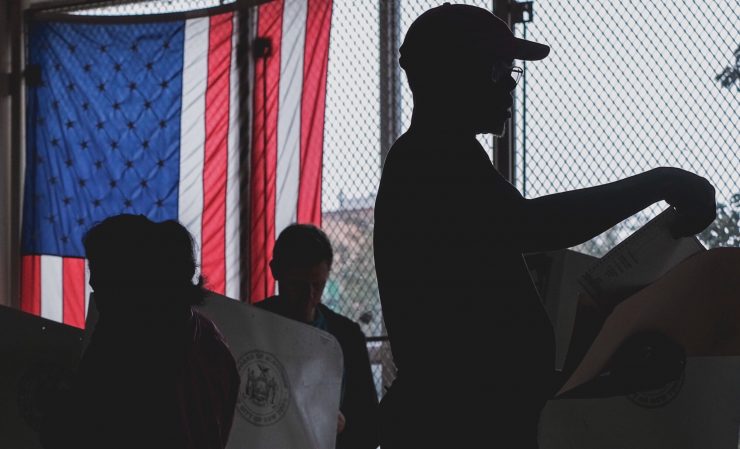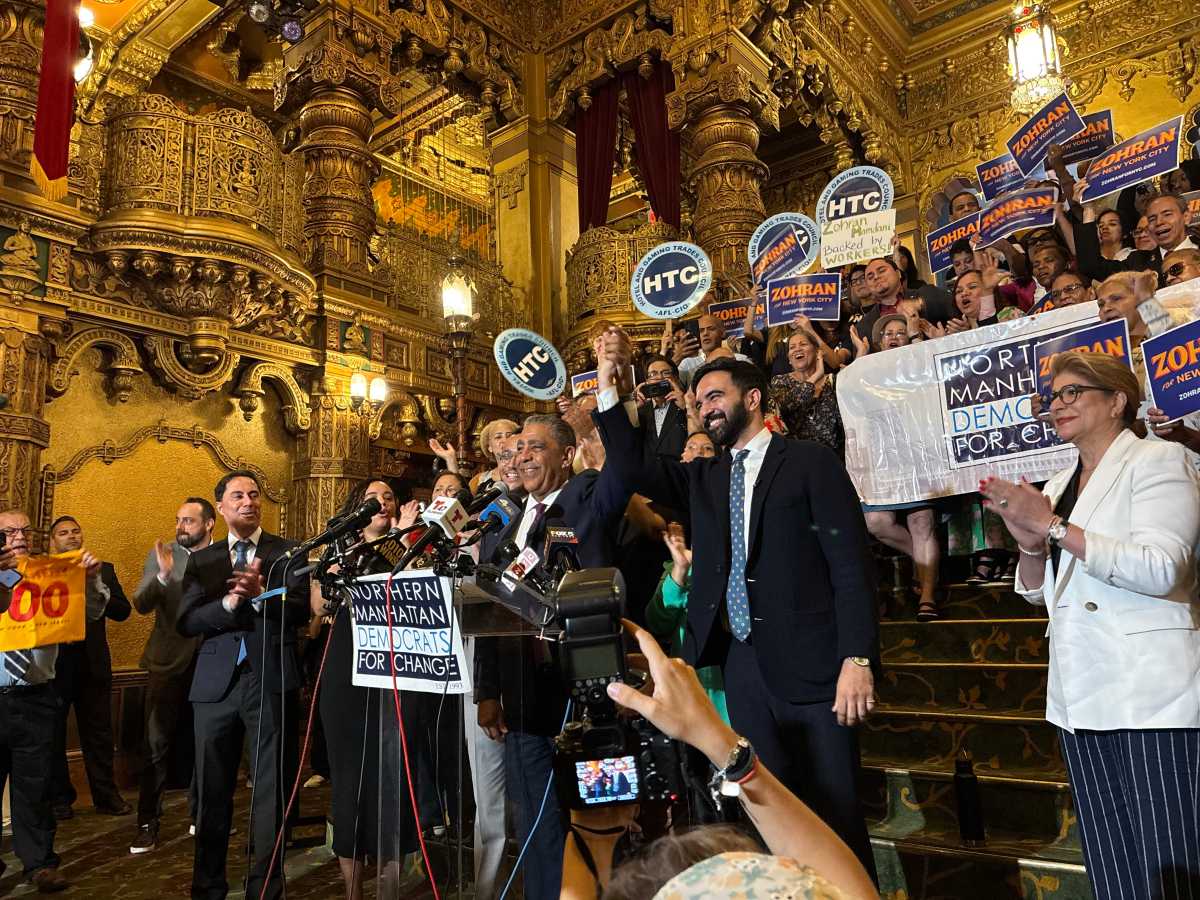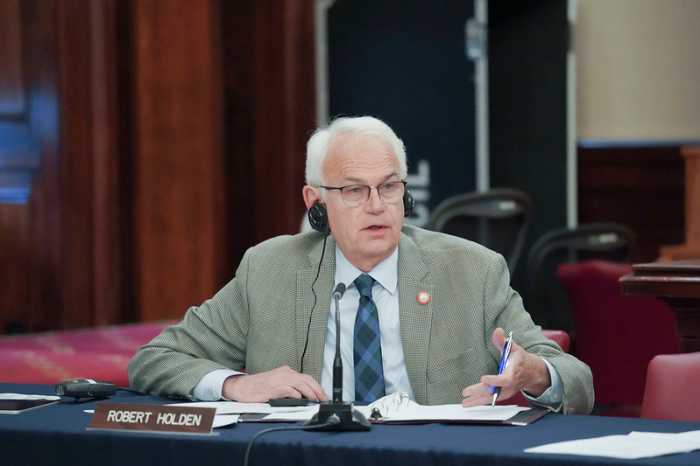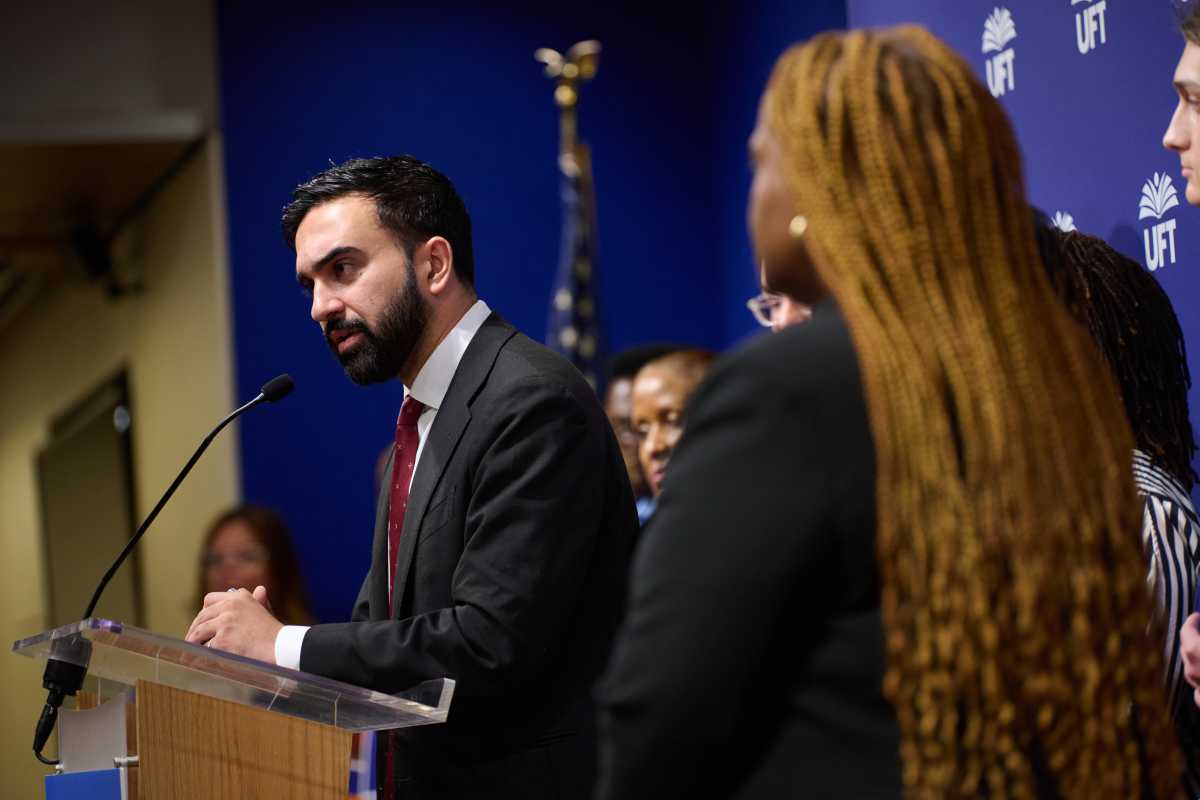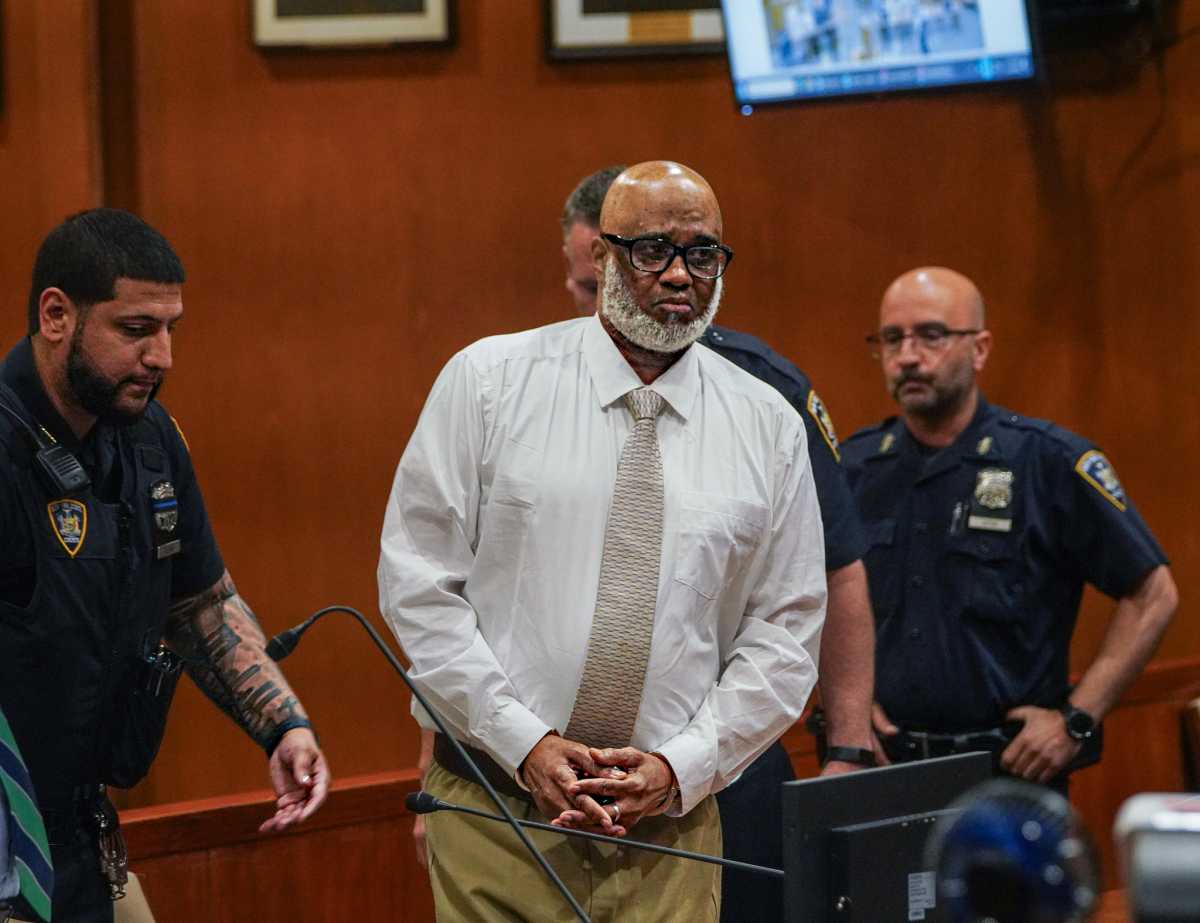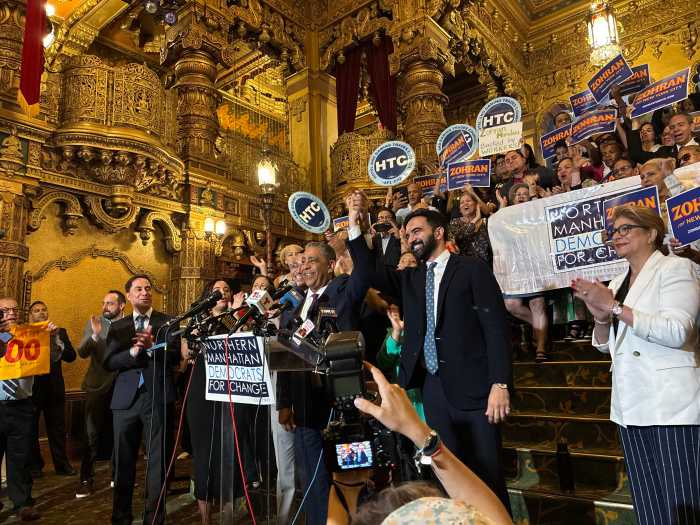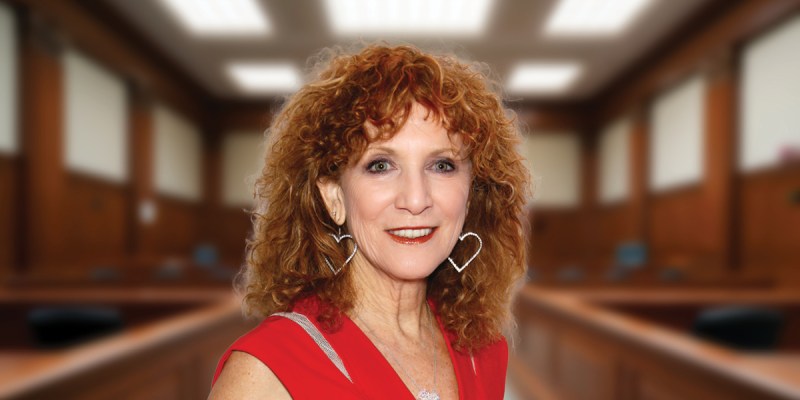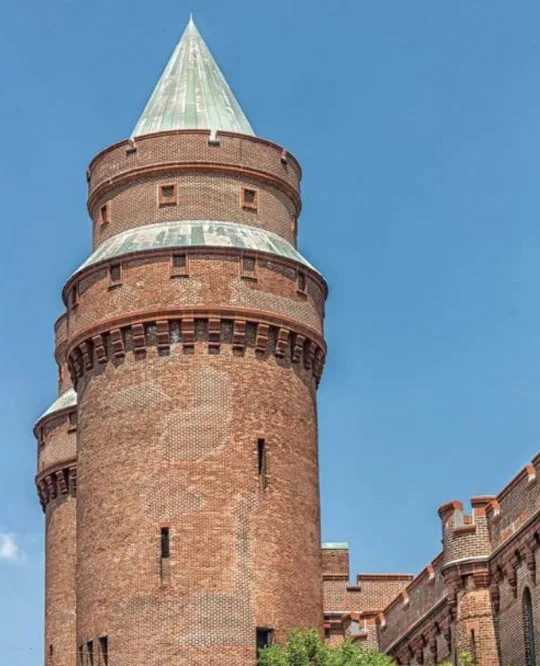Early voting apparently made little difference in shaking off the indifference of New York City voters.
The recent trend of remarkably low voter turnout in the five boroughs didn’t seem to get a boost from nine days of early voting, according to figures from the city’s Board of Elections. What started out on Oct. 26 only yielded a cumulative total of 60,110 voters by the time early voting closed on Nov. 3, the Board of Elections reported.
Less than 40 percent of registered voters in New York City participated in the 2018 midterm elections, and just 23 percent turned out for the 2017 mayoral elections. Early voting is expected to help reverse the downward trend in voter turnout in the years to come.
But the program didn’t appear to make a positive impact on the 2019 race, and some recognized early on that the rollout of early voting was not without its flaws.
Mayor Bill de Blasio had called the state legislation to adopt early voting “a chance for us to reinvigorate our democracy,” at a Queens County Democrats pre-election party on Oct. 29 and touted how easy it was for to vote himself.
“I glided into my poll site in Brooklyn and I was out of there in like, five minutes, and it is going to open up a world of opportunity where a lot of people previously thought that voting was not something that they could focus on or take time for, now they’re going to have every opportunity, weekends and weekdays and all sorts of different times when they can vote,” de Blasio said.
Few New Yorkers, however, took the mayor’s advice, as the BOE data indicated.
Manhattan came in with the highest number of early ballots cast at 19,865, followed by Brooklyn at 17,976, Queens at 13,129, the Bronx with 4,893 and Staten Island garnering 4,247.
Those numbers are a far cry from the total number of active and inactive registered voters in the five boroughs, according to state Board of Elections data. The totals are as follows: Manhattan, 1,197,797; Bronx, 833,172; Brooklyn, 1,637,055; Queens, 1,282,887; and Staten Island, 319,473.
When analyzing the city and state data, amNewYork determined that only 1.14 percent of all registered New York City voters participated in early voting across all five boroughs this year.
Congresswoman Carolyn Maloney was one of many to point out flaws in the program not having enough polling sites. According to Mayor’s office, 33 polling sites were established citywide for early voting.
To boot, Maloney likened the lack of early voting in general to voter suppression, and has drafted legislation that would require early voting to be provided at the federal level.
For New Yorkers, the races on the ballot may not have been much of a draw.
The race for public advocate was assumed by many to go to incumbent Jumaane Williams, who won the seat in February over 16 other candidates in the special election and made away with 33 percent of the vote.
Queens residents were expected to elect Queens Borough President Melinda Katz as their next district attorney. The Democratic nominee in the heavily Democratic borough is believed to have the edge on Republican nominee Joe Murray.
The ballot also included five referendums to the City Charter on topics such as ranked-choice voting, expanding the powers of the Civilian Complaint Review Board and extending the timeframe of the Uniform Land Use Review Process.

